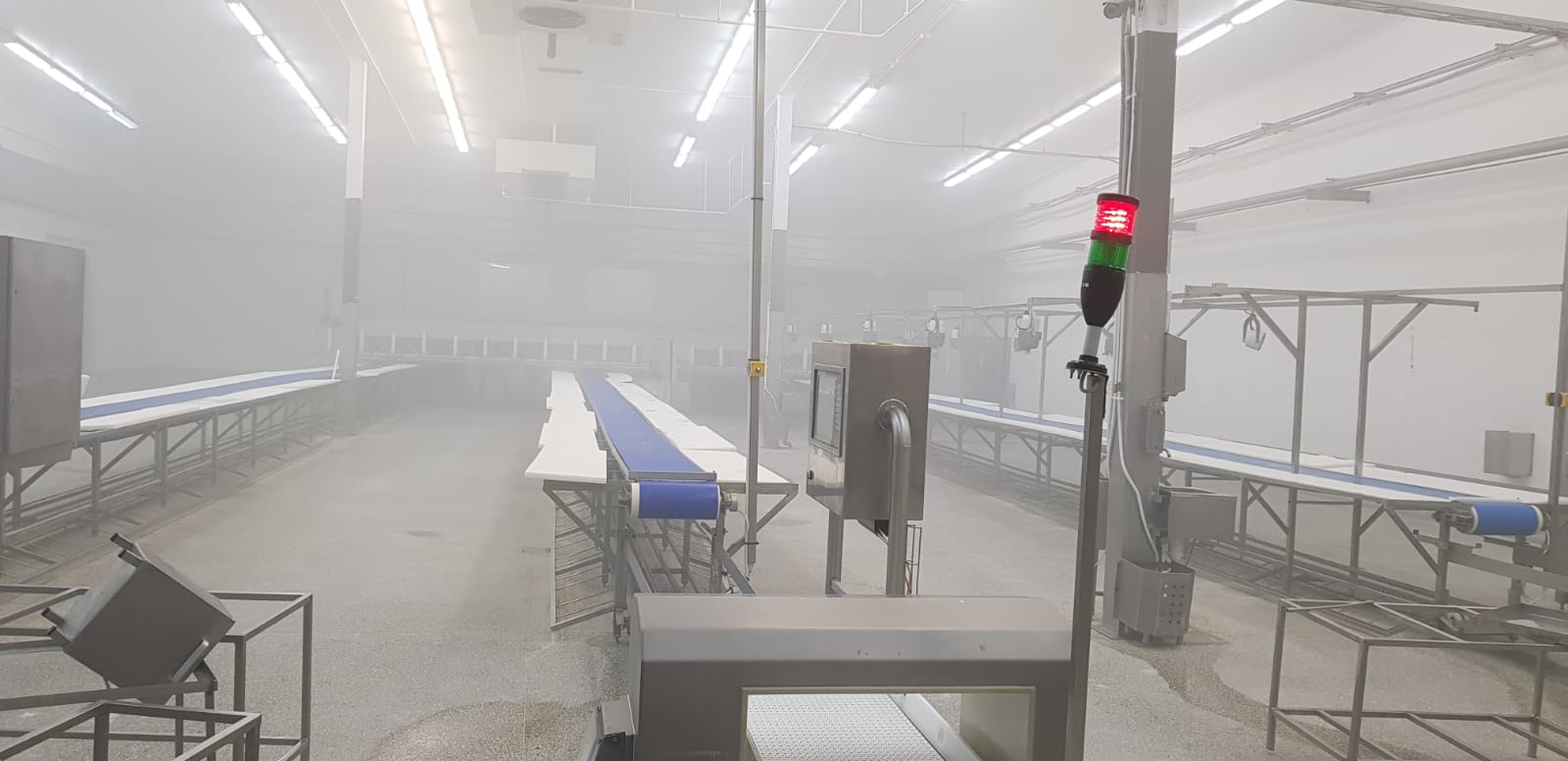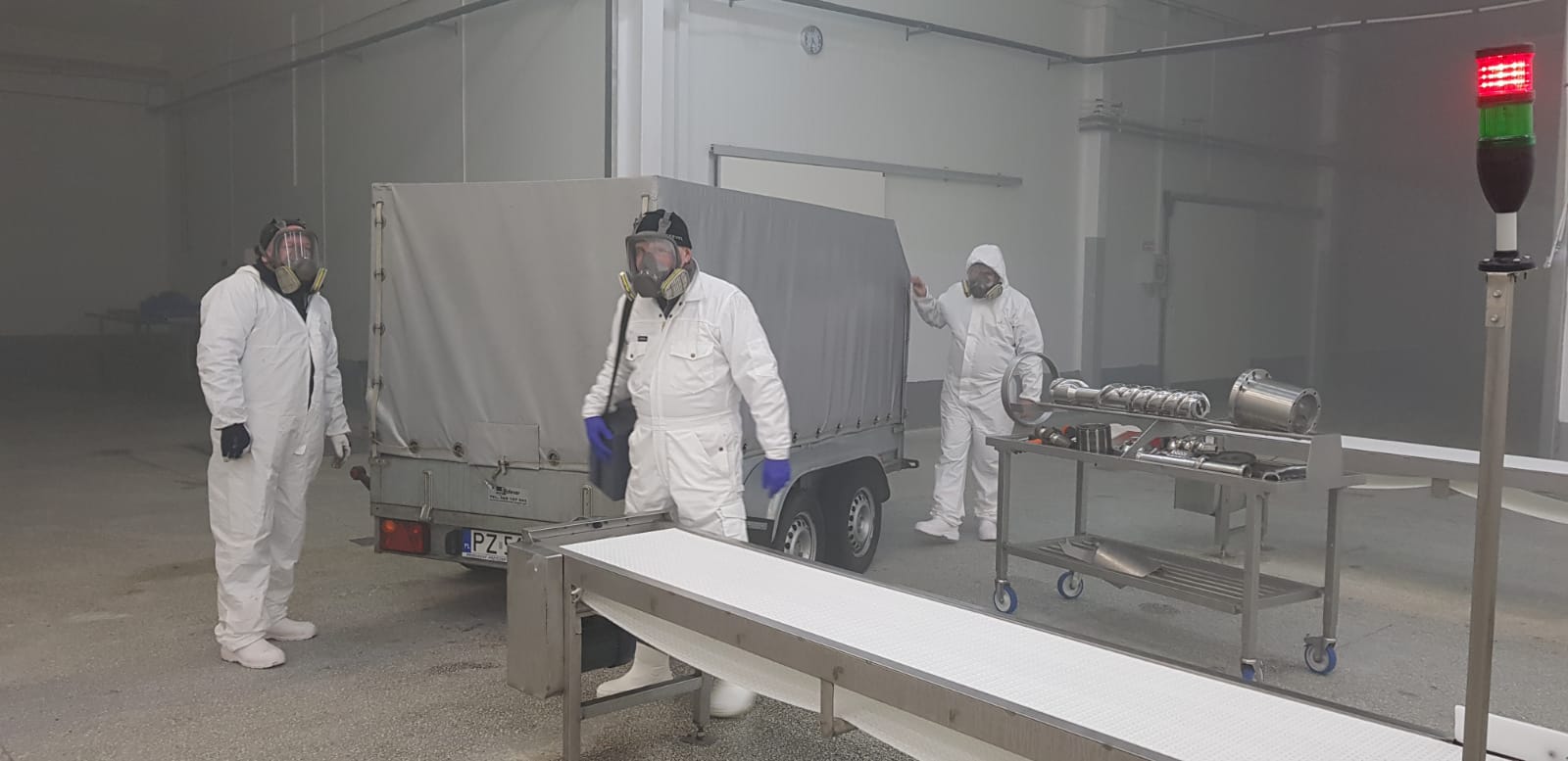- How to choose an ozone generator
- About ozone
- coronavirus
- Water ozonation
- Ozonation of fruit and vegetables
- Contact
- Vehicle ozonation
- Ozone concentration
- Ways of ozonation
- The use of ozone in industry
- Air Ozonizers
- Ozonation of cereals
- Ozone treatment in the meat industry
- Ozonation in cold rooms
- Fire - ozonation
- Ozone breakdown in water
- Allergy
- Ozone compatible materials
- Decontamination of air conditioning with ozone
- Ozone water treatment
- Home ozone generator
- Mushrooms
- Sewage ozonation
- Ozonation of hotel rooms
Gas disinfection in a controlled ozone atmosphere.
The use of ozone as an antimicrobial gas fumigant in cold stores and the controlled atmosphere of facilities has many advantages. Effectively kills all pathogens (including mold and fungi that can quickly destroy food products in cold rooms) and leaves no harmful residue on food products. Ozone will significantly reduce ripening by controlling ethylene levels. Gaseous ozone is easily added to the air circulation system in storage rooms and you can effectively monitor and control ozone doses in each room regardless of the amount of stored products
The main benefits of ozonization:
- Reduction of the amount of microorganisms that cause food spoilage (including spores)
- Reduced cross contamination at close range
- Controlled levels of ethylene
- Reduced spoilage
- Increased storage period
- Odor reduction
- Biofilm control
Reduction / elimination of chemical fumigation used
Ozone is an approved antibacterial additive to food processes (including organic), and therefore can be used simultaneously at any time during processing into the product and equipment. Ozone effectively kills all known food and human pathogens, including E. coli, Listeria, Salmonella, Staphylococcus, Campylobacter, Pseudomonas, Aspergillus, Brettanomyces, Trichophyton, Bacillus, Adenovirus and Norovirus. It also kills all types of mold, including blue and green forms, and all forming spores. Microorganisms cannot build ozone tolerance.

Ozone extends the life of fruits: strawberries, raspberries, apples, grapes, peaches, pears
Ozone also supports the viability of vegetables: potatoes, onions, parsley, carrots, beets, cabbage
Ozone reduces the level of mycotoxins in corn, peas



